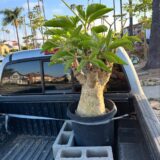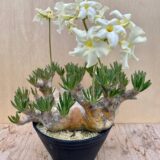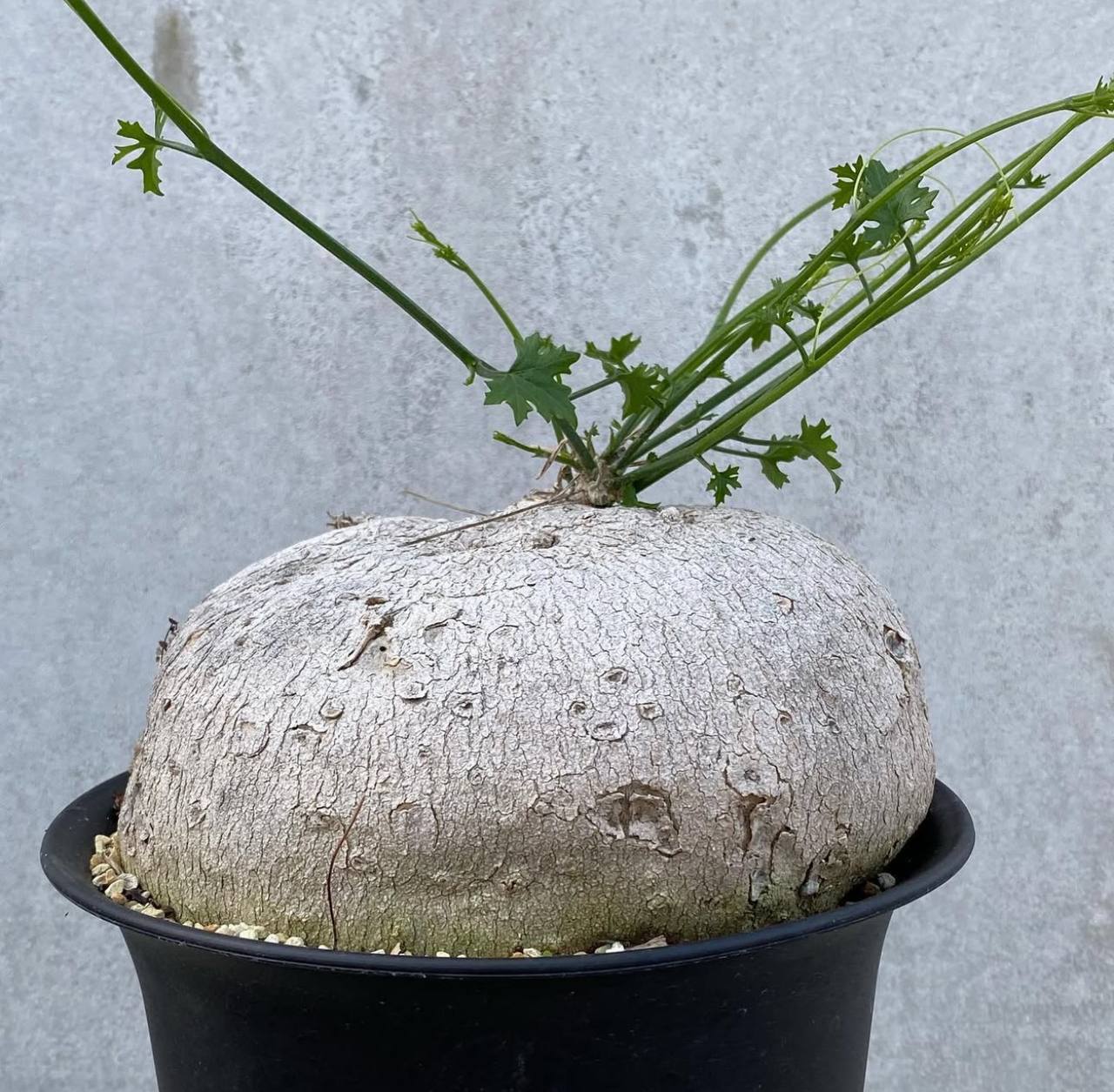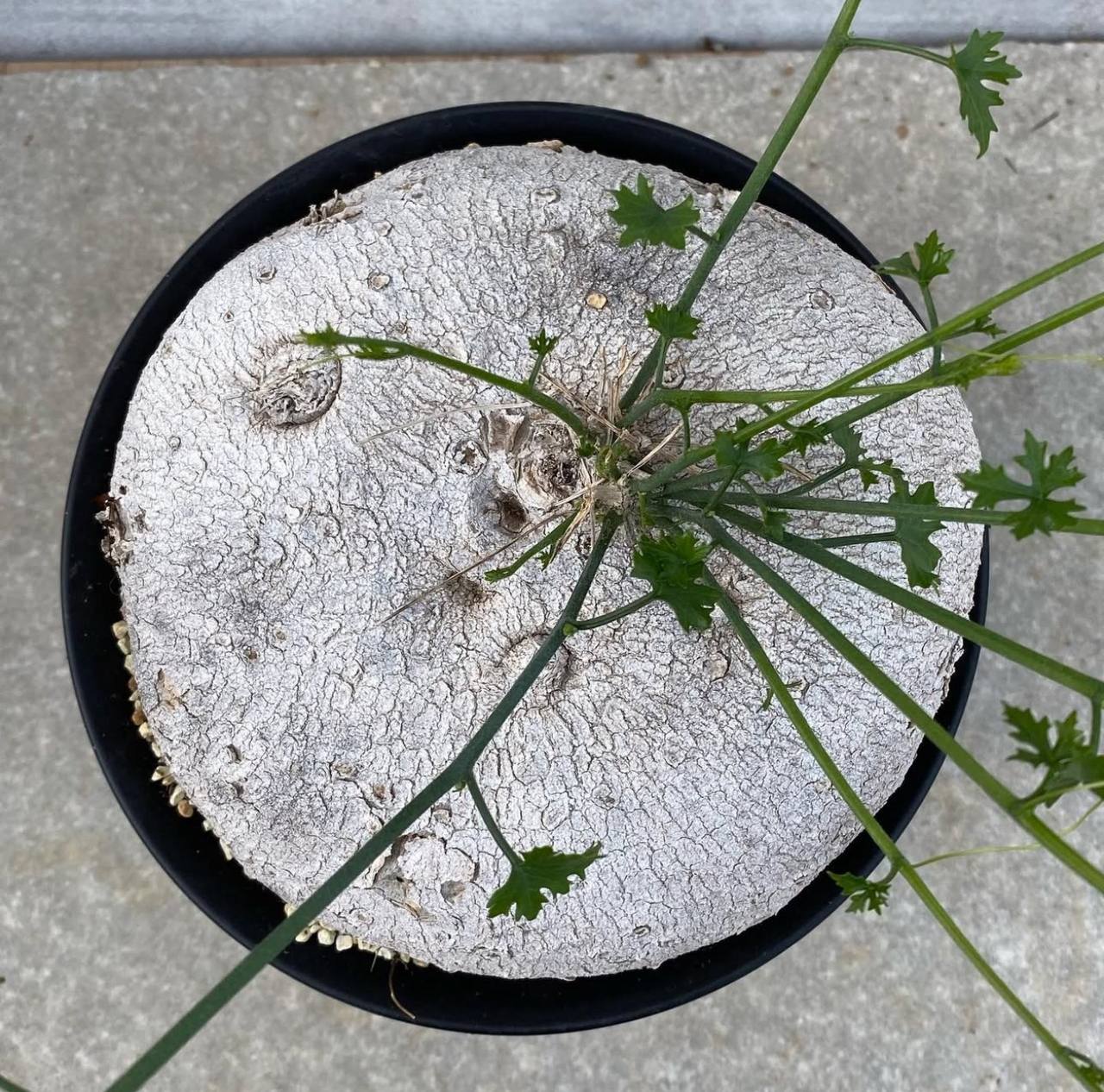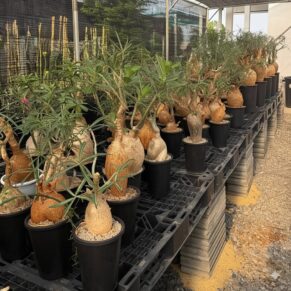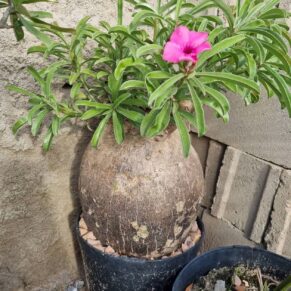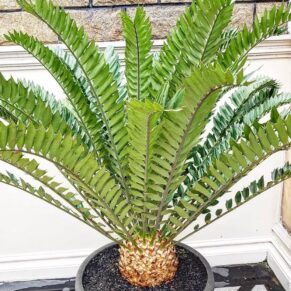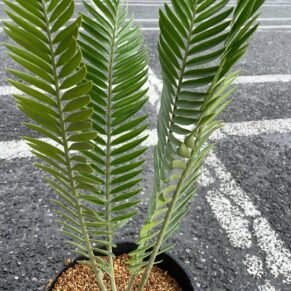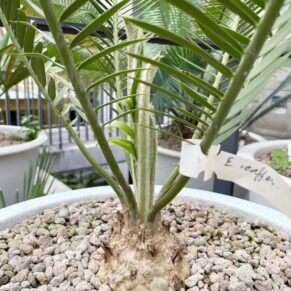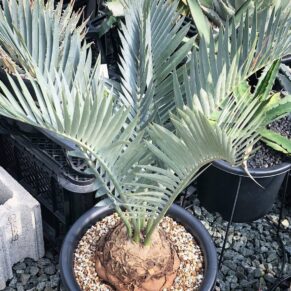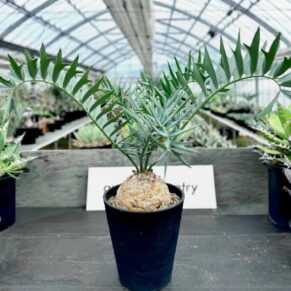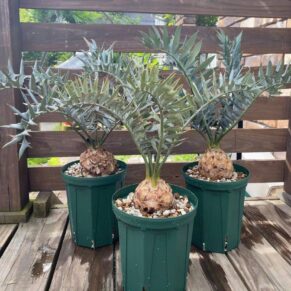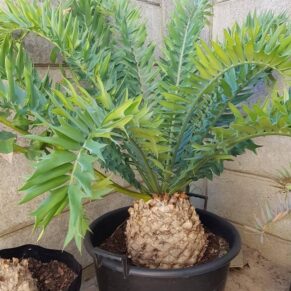- Your cart is empty
- Continue shopping
Shop
Ibervillea Sonorae
$210.00
Ibervillea sonorae, native to the Sonora Desert, is a resilient plant known for its unique fruit, ecological role, and potential uses in food, medicine, and restoration.
Availability:14 in stock
Ibervillea sonorae: An In-Depth Guide to the Remarkable Desert Plant
Introduction
Ibervillea sonorae, commonly known as the Sonora Desert gourd or the Sonora gourd, is a fascinating plant species native to the deserts of North America. Belonging to the Cucurbitaceae family, this hardy and resilient plant has garnered interest due to its adaptability, unique characteristics, and historical and contemporary uses.FacebookGroup. Despite being relatively lesser-known compared to other desert plants, Ibervillea sonorae plays a crucial ecological role and has potential applications in various fields.Shop Ibervillea Here
In this comprehensive guide, we will explore every aspect of Ibervillea sonorae, from its botanical classification and physical traits to its habitat, uses, and conservation efforts. Additionally, we will highlight why this species is of growing interest in both the scientific community and environmental conservation efforts.

What Is Ibervillea sonorae?
Ibervillea sonorae is a perennial plant that thrives in arid desert environments. Characterized by its distinctive appearance and remarkable resilience to harsh conditions, this plant has evolved to survive in the challenging climate of the Sonora Desert, which spans parts of the United States and Mexico. Known for its vine-like growth and gourd-like fruit, Ibervillea sonorae is part of the Cucurbitaceae family, which includes other notable plants such as cucumbers, melons, and squash.Shop Ibervillea Here
Taxonomy and Classification
Ibervillea sonorae is classified as follows:
-
Kingdom: Plantae
-
Division: Angiosperms
-
Class: Eudicots
-
Order: Cucurbitales
-
Family: Cucurbitaceae
-
Genus: Ibervillea
-
Species: I. sonorae
This species is part of the Ibervillea genus, which consists of other lesser-known, often desert-dwelling species within the Cucurbitaceae family. Although Cucurbitaceae is widely recognized for its agricultural importance, species like Ibervillea sonorae are particularly valued for their adaptability to desert environments.
Habitat and Distribution of Ibervillea sonorae
Natural Habitat
Ibervillea sonorae is primarily found in the Sonora Desert, a region that stretches across the southwestern United States, including Arizona, and northwestern Mexico. This desert ecosystem is characterized by high temperatures, low precipitation, and extreme diurnal temperature fluctuations, making it a harsh environment for most plant species. However, Ibervillea sonorae has evolved to thrive in these challenging conditions.
The plant is typically found growing in the following habitats:
-
Desert scrublands
-
Rocky outcrops
-
Sandy washes
-
Creosote bush communities
Ibervillea sonorae often grows in areas with well-drained soils, where it can take advantage of sporadic rainfall. Its ability to survive in drought conditions is a key characteristic, and its deep-root system allows it to access water from underground sources that many other plants cannot reach.Shop Ibervillea Here
Climate and Environmental Conditions
Ibervillea sonorae is adapted to the harsh desert climate, where temperatures can soar during the day and drop significantly at night. This plant has evolved a variety of mechanisms to cope with extreme heat and dryness, including:
-
Cacti-like water storage: The plant can store water in its roots and fruit to survive long periods of drought.
-
Adaptations for reduced transpiration: Its leaves and stems are designed to minimize water loss, helping it conserve moisture in the dry desert air.
-
Shade tolerance: While it thrives in full sun, Ibervillea sonorae can also survive in partial shade, such as the dappled light found beneath other desert plants.
Physical Characteristics of Ibervillea sonorae
Ib sonorae is an interesting and visually distinct plant that adds to the unique biodiversity of desert landscapes. Below are the key physical features of this remarkable species.
Growth Form and Size
Ib sonorae is a sprawling, vine-like plant with a sprawling growth habit. The vines can stretch for several feet, although they typically remain relatively short in comparison to larger desert species. The plant can grow up to.Shop Ibervillea Here
-
3–6 feet in length depending on environmental conditions.
Its sprawling habit allows Ibervillea sonorae to cover large areas and take advantage of the space around it, especially in areas where competition for resources such as water and sunlight is intense.
Leaves and Stems
Ib sonorae’s leaves are large and lobed, which help to capture and retain moisture from the air. These leaves are typically:
-
Green and broad
-
Palmately lobed
-
Covered in fine hairs, providing a degree of protection from the intense desert sun.
The stems are sturdy and often covered with a rough texture, allowing them to survive harsh conditions. The plant’s vines are also equipped with tendrils, which help the plant anchor itself to surrounding structures for support as it grows.
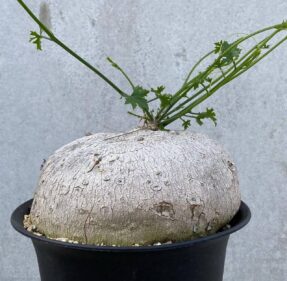
Flowers and Fruit
One of the most distinctive features of Ib sonorae is its flowers, which are small and often inconspicuous, yet essential for pollination. The plant’s flowers typically appear in late spring or early summer, when the temperatures are high enough to support their growth.
The flowers of Ib sonorae are typically:
-
Unisexual, with male and female flowers present on separate plants.
-
Cream or white in color, attracting pollinators such as bees and butterflies.
Once pollinated, the plant produces small, gourd-like fruits that are typically:
-
Round or oval
-
Green to yellowish when immature, turning brown as they ripen
-
Smooth and hard, resembling miniature pumpkins
The fruits are of particular interest due to their potential uses, both in traditional cultures and in modern-day applications.
Ecological Role of Ibervillea sonorae
Ib sonorae plays an important role in the Sonora Desert ecosystem. As a native species, it is well-integrated into the local food web and supports a variety of animals and insects. Some of its ecological contributions include:
-
Providing food for desert wildlife: The fruits and seeds of Ib sonorae are consumed by a range of desert-dwelling animals, including rodents, birds, and reptiles.
-
Supporting pollinators: The flowers of Ib sonorae attract a wide range of pollinators, including bees, butterflies, and even some birds.
-
Soil stabilization: Its deep root system helps anchor the soil and prevent erosion, particularly in areas with loose, sandy soils.
By contributing to both the food chain and the stability of the ecosystem, Ib sonorae plays a vital role in maintaining the delicate balance of desert environments.
Uses of Ibervillea sonorae
Traditional Uses
In regions where Ib sonorae is native, it has been used for various purposes by local indigenous cultures. Some of its traditional uses include:
-
Food source: The fruit of Ib sonorae, while small, can be consumed either raw or cooked, often after being dried or roasted. The seeds inside the fruit are edible and have been historically used by Native American tribes as a protein source.
-
Medicinal uses: In some traditional practices, the plant’s roots and fruit were believed to have medicinal properties. It was used to treat ailments such as digestive issues or as a tonic for overall health.Shop Ibervillea Here
Modern Uses
In modern times, Ib sonorae has caught the attention of researchers and environmentalists. Some of its potential uses include:
-
Ecological restoration: Due to its drought tolerance and ability to thrive in arid environments, Ib sonorae is being explored for use in ecological restoration projects, particularly in desertification-prone areas.
-
Gourds for decoration and craft: The fruits of Ib sonorae, when dried, can be used in crafts, particularly in the creation of decorative gourds.
-
Research into drought resistance: Researchers are studying Ib sonorae for its potential to provide insights into plant drought resistance, which could be valuable in agriculture, particularly in arid regions.
Conservation of Ibervillea sonorae
While Ib sonorae is not currently listed as a threatened or endangered species, conservation efforts are essential for preserving its natural habitat. Some of the main threats to its survival include:
-
Habitat destruction: The expansion of urban areas and industrial developments in desert regions can lead to the destruction of habitats for native species like Ibervillea sonorae.
-
Climate change: Rising temperatures and altered precipitation patterns could affect the delicate balance of the desert ecosystem, potentially threatening species like Ibervillea sonorae that are adapted to specific environmental conditions.
Conservation efforts should include habitat protection, sustainable land management practices, and increased research into the ecological role and resilience of Ib sonorae.Shop Ibervillea Here
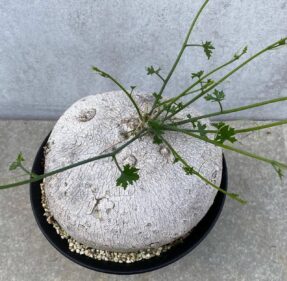
Conclusion
Ib sonorae is a fascinating and resilient species that plays a crucial role in the Sonora Desert ecosystem. From its unique physical characteristics to its ecological contributions and potential uses, this remarkable plant deserves more attention. Whether as a source of food and medicinal remedies, a tool for ecological restoration, or simply as an example of nature’s adaptability, Ibervillea sonorae holds significant value.
By continuing to explore its potential and protecting its natural habitat, we can ensure that Ibervillea sonorae remains an integral part of desert biodiversity for generations to come.

